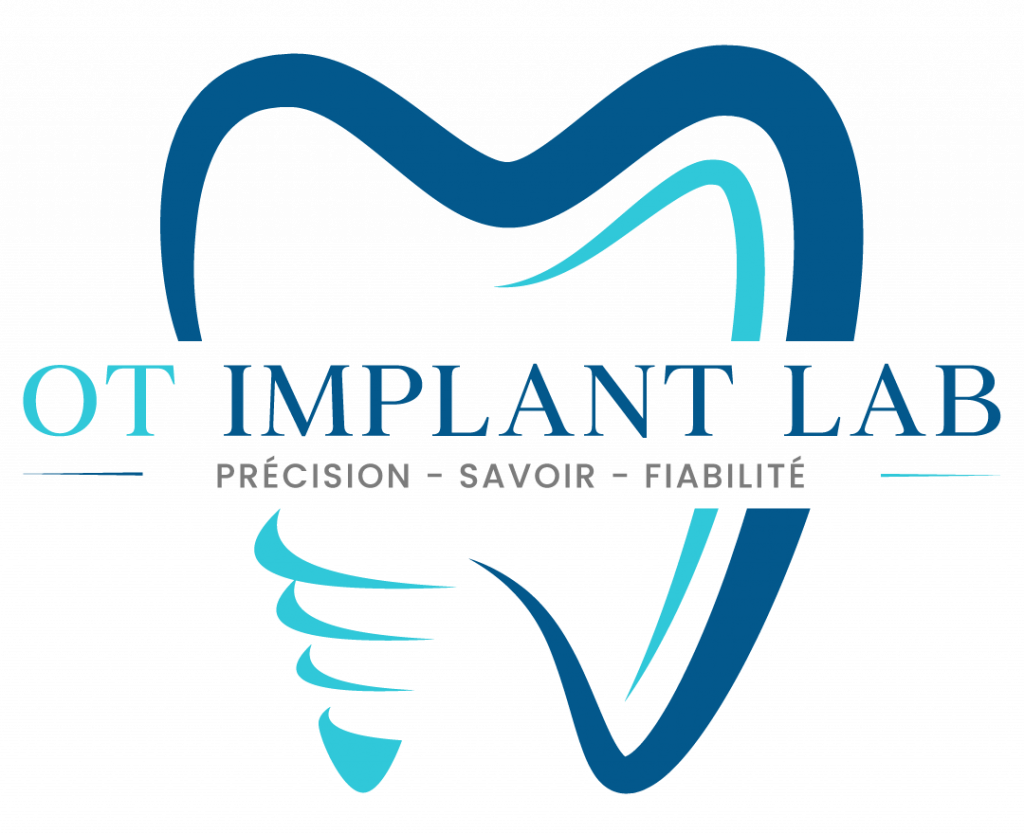IPS E.max
The doctors’ choice for esthetic restorations for two decades, IPS e.max® delivers translucency and shading so lifelike it’s perfect even for anterior restorations. Fabricated from fully biocompatible lithium disilicate, we press our IPS e.max restorations for ideal esthetics and 400 MPa strength that are superior to CAD/CAM produced e.max crowns. We use Ivoclar e.max porcelain on all our layered e.max restorations.
Indications
IPS e.max CAD is indicated for full anterior or posterior crowns. IPS e.max press is indicated for full anterior or posterior crowns and three-unit bridges having only one pontic with the second bicuspid as the most distal abutment. Veneers can also be indicated and are recommended when combining with adjacent IPS e.max crowns or bridges, provided ample reduction is achieved. Otherwise, original IPS Empress or IPS e.max CAD would be indicated for veneers, inlays and onlays.
Contraindications
IPS e.max should not be used on patients with malfunctional occlusion such as bruxers or clenchers. IPS e.max should not be used as abutments for cast partials. IPS e.max should not be used in situations when preparation requirements cannot be achieved. IPS e.max is not indicated for Maryland-type bridges.
Preparation
Anterior full-coverage crowns require a chamfer or shoulder margin. A circular shoulder is prepared with rounded inner edges or a chamfer at an angle of 10-30°: the width of the shoulder/chamfer is approx. 1 mm. Facial reduction is 1.5 – 2 mm; 1 – 1.5 mm lingual contact clearance. Incisal reduction is 1.5 – 2 mm with rounded internal line angles, and an incisal edge at least 1mm wide to permit optimum milling of the incisal edge during CAD/CAM processing.
Posterior full-coverage crown requires a chamfer or shoulder margin. A circular shoulder is prepared with rounded inner edges or a chamfer at an angle of 10-30°: the width of the shoulder/chamfer is approx. 1 mm. Occlusal reduction is 1.5 – 2 mm: axial reduction (buccal, lingual and interproximal) is 1.5 mm with rounded internal line angles.
Cementation
For greatest strength, and where preparation allows for dry field (supra-gingiva margins), it is recommended to use adhesive bonding, such as VarioLink II (Ivoclar Vivadent) or similar dual cure materials (Insure, Cosmedent; Nexus, Kerr; Choice, Bisco, Inc.; Lute-It, Pentron).
For areas subgingival, or when a dry field cannot be achieved, Ivoclar Vivadent recommends a hybrid glass ionomer cement system with less than 0.5 percent expansion. (NOTE: Resin-reinforced glass ionomers (Advance, Vitremer) are not indicated for any all-ceramic restoration.)
Some recommended resin cements:
Vivaglass (Ivoclar Vivadent)
GC Fuji (GC America)
Ketec Cem (3M ESPE)
Panavia F (J. Morita)
C&B Metabond
Variolink (Ivoclar Vivadent)
